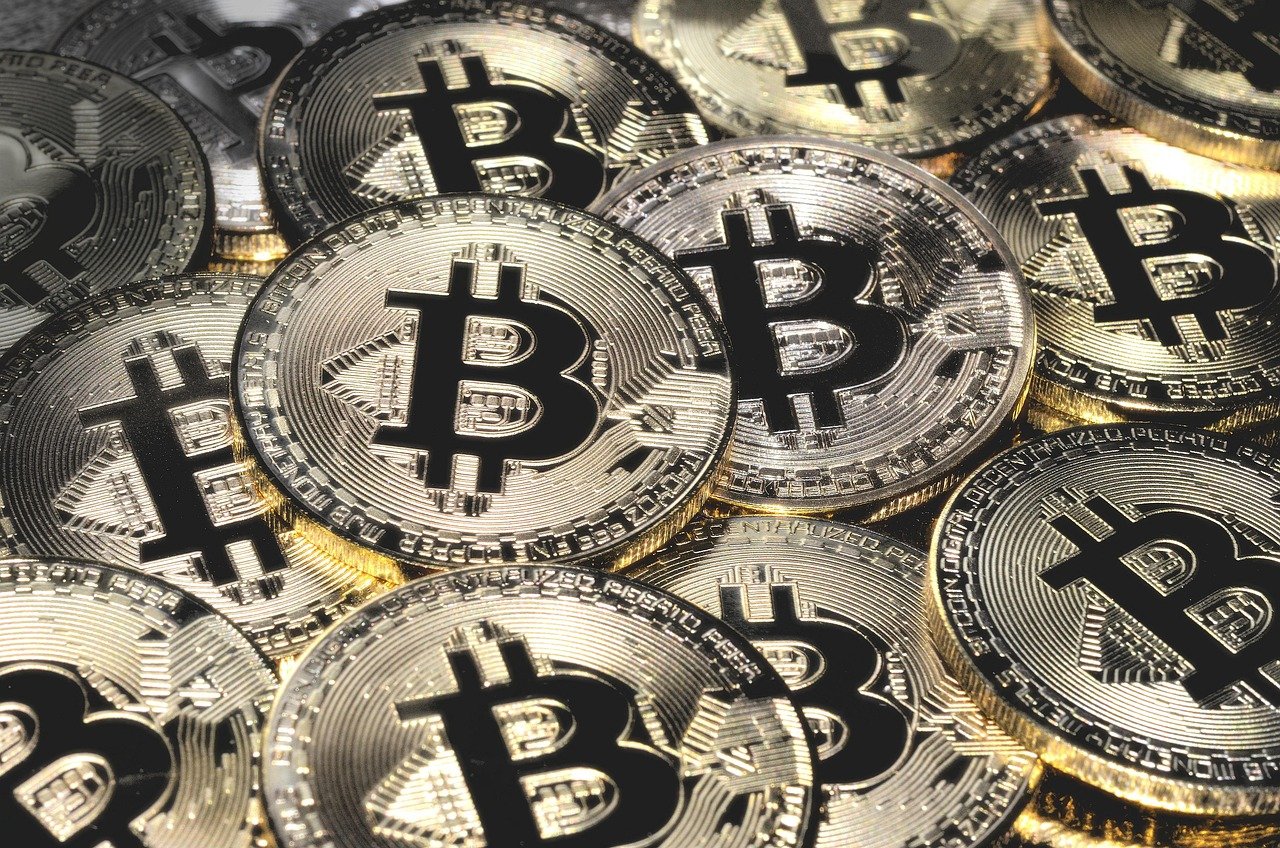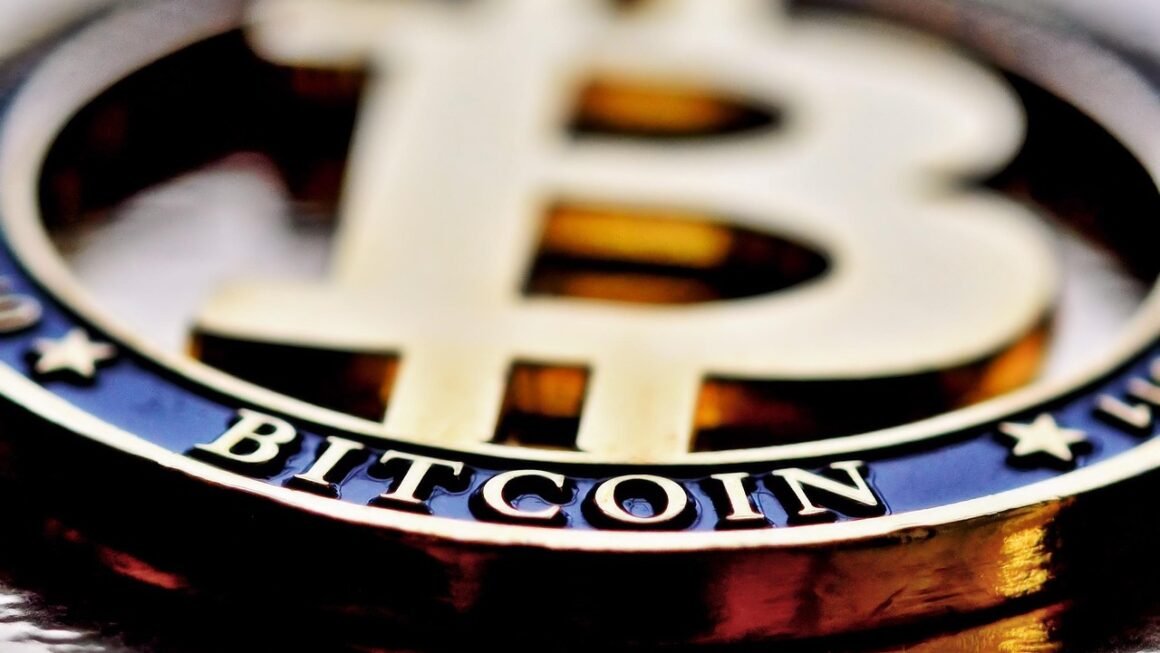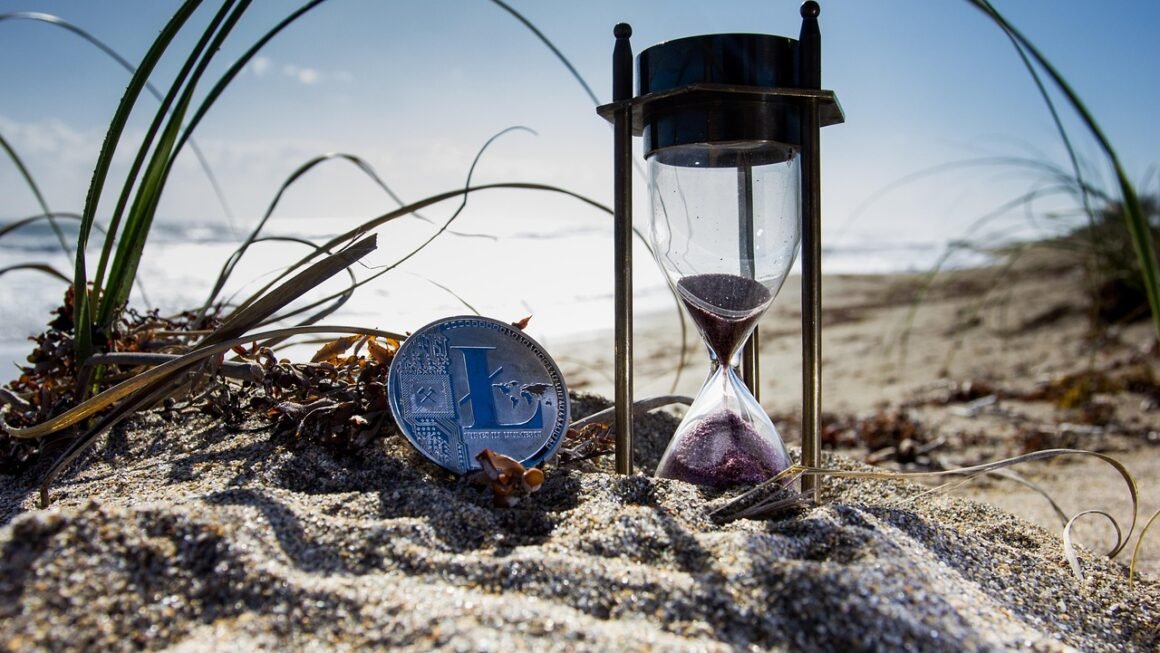NFTs, or Non-Fungible Tokens, have exploded into the mainstream consciousness, transforming the worlds of art, collectibles, gaming, and even real estate. But what exactly are these digital assets, and why are they causing such a stir? This comprehensive guide will delve into the core concepts of NFTs, exploring their potential benefits, use cases, and the technology that underpins them. Whether you’re a curious newcomer or looking to deepen your understanding, this deep dive into the world of NFTs will provide you with the knowledge you need to navigate this exciting and evolving space.
Understanding NFTs: What Makes Them Unique?
Fungibility vs. Non-Fungibility
The key to understanding NFTs lies in the concept of fungibility. Fungible assets are interchangeable and indistinguishable from one another. A dollar bill, for example, is fungible. You can exchange it for another dollar bill, and it has the same value. Non-fungible assets, on the other hand, are unique and cannot be replicated. Think of a one-of-a-kind painting or a limited-edition trading card. NFTs are designed to represent these unique items digitally.
- Fungible assets are divisible; non-fungible assets are generally indivisible. You can have .5 of a Bitcoin, but it wouldn’t make sense to have .5 of an NFT representing a digital artwork.
- Fungible tokens are like currency, whereas NFTs are more like digital collectibles.
The Role of Blockchain Technology
NFTs exist on a blockchain, a distributed, decentralized, and public ledger. This technology provides crucial benefits:
- Transparency: Every transaction involving an NFT is recorded on the blockchain and can be viewed by anyone. This ensures transparency and accountability.
- Immutability: Once an NFT is created and its ownership is recorded on the blockchain, that information cannot be altered or deleted. This immutability guarantees authenticity and provenance.
- Security: The distributed nature of the blockchain makes it incredibly difficult to hack or tamper with NFT data.
Smart Contracts: The Engine Behind NFTs
NFTs utilize smart contracts, self-executing agreements written in code and stored on the blockchain. These smart contracts define the characteristics of the NFT, its ownership rules, and how it can be transferred or traded.
- Smart contracts can automatically distribute royalties to the original creator each time an NFT is resold.
- They can also incorporate other functionalities, such as granting access to exclusive content or events.
Use Cases for NFTs: Beyond Digital Art
While digital art is a prominent application, NFTs extend far beyond collectible images. Their unique properties unlock a diverse range of possibilities.
Digital Art and Collectibles
This is perhaps the most well-known use case. NFTs allow artists to tokenize their creations, providing provable ownership and scarcity in the digital realm.
- Examples: Collections like CryptoPunks and Bored Ape Yacht Club have become iconic examples of NFT art, with individual pieces selling for millions of dollars. Platforms like OpenSea and Rarible facilitate the creation and trading of these digital assets.
- Benefits for Artists: NFTs empower artists to bypass traditional gatekeepers and directly connect with collectors, earning a greater share of the profits from their work.
Gaming and Virtual Worlds
NFTs are revolutionizing the gaming industry by enabling players to own in-game items and assets.
- Examples: In games like Axie Infinity, players collect and battle digital creatures (Axies) represented as NFTs. These Axies can be traded, bred, and used to earn cryptocurrency. Decentraland and The Sandbox are virtual worlds where users can buy, sell, and develop land represented as NFTs.
- Benefits for Gamers: NFTs give players true ownership of their in-game assets, allowing them to transfer them between games or even sell them for real-world currency.
Real Estate and Physical Assets
NFTs can be used to tokenize ownership of physical assets, such as real estate, cars, or even fine wines.
- Process: The ownership information for the physical asset is linked to an NFT on the blockchain. This can streamline the transfer process and reduce the risk of fraud.
- Benefits: Fractional ownership becomes easier, allowing multiple individuals to own a share of a property through NFTs. This increases accessibility to high-value assets.
- Example: Companies are exploring using NFTs to represent ownership shares in commercial real estate, making it easier for smaller investors to participate in the market.
Supply Chain Management
NFTs can track goods as they move through the supply chain, ensuring authenticity and preventing counterfeiting.
- Process: Each product receives a unique NFT containing information about its origin, materials, and production process.
- Benefits: Consumers can verify the authenticity of a product by scanning the NFT’s associated QR code. This is particularly useful for luxury goods, pharmaceuticals, and other items prone to counterfeiting.
Creating and Trading NFTs: A Practical Guide
Minting NFTs
“Minting” an NFT refers to the process of creating a new NFT on a blockchain. This usually involves using a platform or marketplace that provides the necessary tools and infrastructure.
- Choose a Blockchain: Ethereum is the most popular blockchain for NFTs, but other options like Solana, Tezos, and Polygon offer lower transaction fees and faster processing times.
- Select a Marketplace: OpenSea, Rarible, SuperRare, and Foundation are popular NFT marketplaces. Consider factors like fees, audience, and features when choosing a platform.
- Prepare Your Digital Asset: This could be an image, video, audio file, or any other digital content you want to tokenize.
- Create a Smart Contract: Most marketplaces provide templates or tools to help you create a smart contract for your NFT. You’ll need to specify details like the price, royalties, and number of copies (if any).
- Pay the Gas Fees: Minting NFTs requires paying “gas fees” to the blockchain network for processing the transaction. Gas fees can fluctuate depending on network congestion.
Buying and Selling NFTs
NFTs are typically bought and sold on online marketplaces using cryptocurrency.
- Set up a Crypto Wallet: You’ll need a compatible crypto wallet, such as MetaMask or Trust Wallet, to store your cryptocurrency and interact with NFT marketplaces.
- Fund Your Wallet: Purchase cryptocurrency like ETH (Ether) through a cryptocurrency exchange and transfer it to your wallet.
- Browse Marketplaces: Explore different NFT marketplaces to find assets you’re interested in buying.
- Place a Bid or Buy Now: You can either place a bid on an NFT or purchase it immediately at the listed price.
- Verify Authenticity: Before purchasing an NFT, carefully verify its authenticity by checking the contract address, creator’s profile, and transaction history. Beware of fake or fraudulent NFTs.
Security Considerations
The NFT space is still relatively new, and scams and security breaches are a risk.
- Use a Hardware Wallet: Store your cryptocurrency and NFTs on a hardware wallet (a physical device) for enhanced security.
- Be Wary of Phishing Scams: Be cautious of unsolicited emails or messages that ask for your wallet seed phrase or private key.
- Do Your Research: Before investing in an NFT, research the project, the team, and the potential risks involved.
The Future of NFTs: What Lies Ahead?
The NFT landscape is constantly evolving, with new innovations and applications emerging regularly.
Increased Utility and Interoperability
NFTs are moving beyond simple collectibles to incorporate real-world utility, such as access to exclusive events, discounts, or services. Interoperability, the ability to use NFTs across different platforms and applications, is also becoming increasingly important.
- Example: An NFT could grant access to a specific metaverse experience or unlock premium features in a game.
Metaverse Integration
NFTs are poised to play a central role in the development of the metaverse, a persistent, shared virtual world. They can represent virtual land, avatars, clothing, and other digital assets within the metaverse.
- Example: Owning a virtual plot of land as an NFT in a metaverse allows you to build experiences, host events, and monetize your property.
Regulation and Legal Frameworks
As NFTs become more mainstream, regulatory bodies around the world are starting to pay closer attention. The legal framework surrounding NFTs is still evolving, but issues like copyright, intellectual property, and taxation are being addressed.
- Impact: Clearer regulations could provide more clarity and security for NFT buyers and sellers, fostering wider adoption.
Conclusion
NFTs represent a paradigm shift in how we own, manage, and interact with digital assets. While the hype surrounding NFTs has cooled somewhat, the underlying technology and its potential applications remain significant. From revolutionizing the art world to transforming gaming and enabling new forms of ownership, NFTs are paving the way for a more decentralized and user-centric digital future. By understanding the fundamentals of NFTs, their diverse use cases, and the associated risks, you can navigate this evolving landscape and potentially unlock new opportunities. Remember to always do your own research and invest responsibly.



